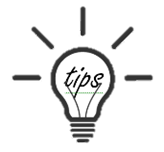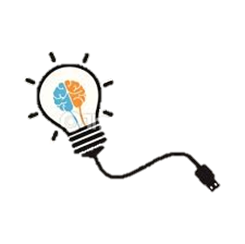T.i.P.S.
-
 Students use their knowledge of probability to solve problems using qualitative and quantitative predictions and comparisons from simple experiments. Qualitative predictions are predictions based on data that can be observed and is not numerical in nature. The probability of an event occurring is certain, more likely, not likely, equally likely, or impossible. Qualitative data cannot be analyzed using most measures of central tendency and range. Quantitative predictions are predictions based on data that hat can be measured or counted. The probability of selecting a consonant from the word experiment is 1.5 times as likely as selecting a vowel from the same word. Quantitative data can be analyzed using measures of central tendency and range.
Students use their knowledge of probability to solve problems using qualitative and quantitative predictions and comparisons from simple experiments. Qualitative predictions are predictions based on data that can be observed and is not numerical in nature. The probability of an event occurring is certain, more likely, not likely, equally likely, or impossible. Qualitative data cannot be analyzed using most measures of central tendency and range. Quantitative predictions are predictions based on data that hat can be measured or counted. The probability of selecting a consonant from the word experiment is 1.5 times as likely as selecting a vowel from the same word. Quantitative data can be analyzed using measures of central tendency and range.
Example
-
Thomas received a bag of jelly beans as part of a holiday gift basket. The table shows the number of each color jelly bean in the bag.
If Thomas takes one jelly bean out of the bag without looking, which statement is true?
a) Thomas is more likely to take out a yellow jelly bean than a red jelly bean.
b) Thomas is less likely to take out a blue jelly bean than a green jelly bean.
c) Thomas is more likely to take out a red jelly bean than a green jelly bean.
d) Thomas will not take out a red jelly bean.
Hint
Digital Tools
-
Click on the following links for interactive games.
Resources
-
Click on the following links for more information.
TEKS
-
Readiness Standard
(6) Proportionality. The student applies mathematical process standards to use probability and statistics to describe or solve problems involving proportional relationships. The student is expected to:
(H) solve problems using qualitative and quantitative predictions and comparisons from simple experiments





 Click
Click 

